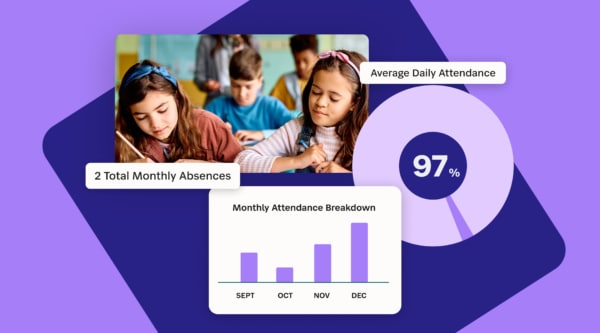

Published July 29, 2024 on eSchool News.
For too many students with disabilities, chronic absenteeism prevents them from accessing the equitable education they deserve. Recent data shows students with disabilities miss substantially more school compared to their peers.
In Minneapolis Public Schools, for example, rates of chronic absenteeism among students with disabilities rose from 29 percent in 2019 to 53 percent in 2022. While 2023 shows the rate starting to decline, down to 46 percent, these findings highlight an urgent need for schools to build comprehensive strategies that remove barriers to attendance and create inclusive, supportive learning environments for students with disabilities.
As educators work to address student absenteeism, they must develop an “Equitable Blueprint”–a robust framework to proactively address absenteeism and better serve students with disabilities. Just like an architectural blueprint provides the plans and specifications for a structure, this equitable blueprint outlines the key design components needed to build a school experience that works for all students, including those with disabilities.
This blueprint has three integral sections:
1. Leverage a data-driven foundation to support students
You can’t construct an effective strategy without first inspecting and analyzing the current conditions. Schools must establish comprehensive data practices to objectively identify attendance challenges specific to students with disabilities.
Investing in capabilities to disaggregate attendance data by disability status, grades, demographics, and reasons for absences provides critical insights. With this visibility, educators can analyze patterns like whether mental health needs, lack of access to accommodations, or feelings of isolation are contributing factors. They can then develop targeted action plans tailored to each student’s situation.
For example, data may reveal higher absenteeism correlating with students’ needs not being appropriately met through accommodations or modifications. This could prompt the school to conduct a comprehensive review of accommodation implementation and provide additional staff training. Or the data could uncover higher rates of anxiety-related absences, spurring enhanced mental health supports.
Continuously reviewing this data is crucial for monitoring progress and making adjustments based on identified needs. It lays the objective foundation for developing evidence-based solutions.
Read the full article on eSchool News.
Stay Connected
News, articles, and tips for meeting your district’s goals—delivered to your inbox.





